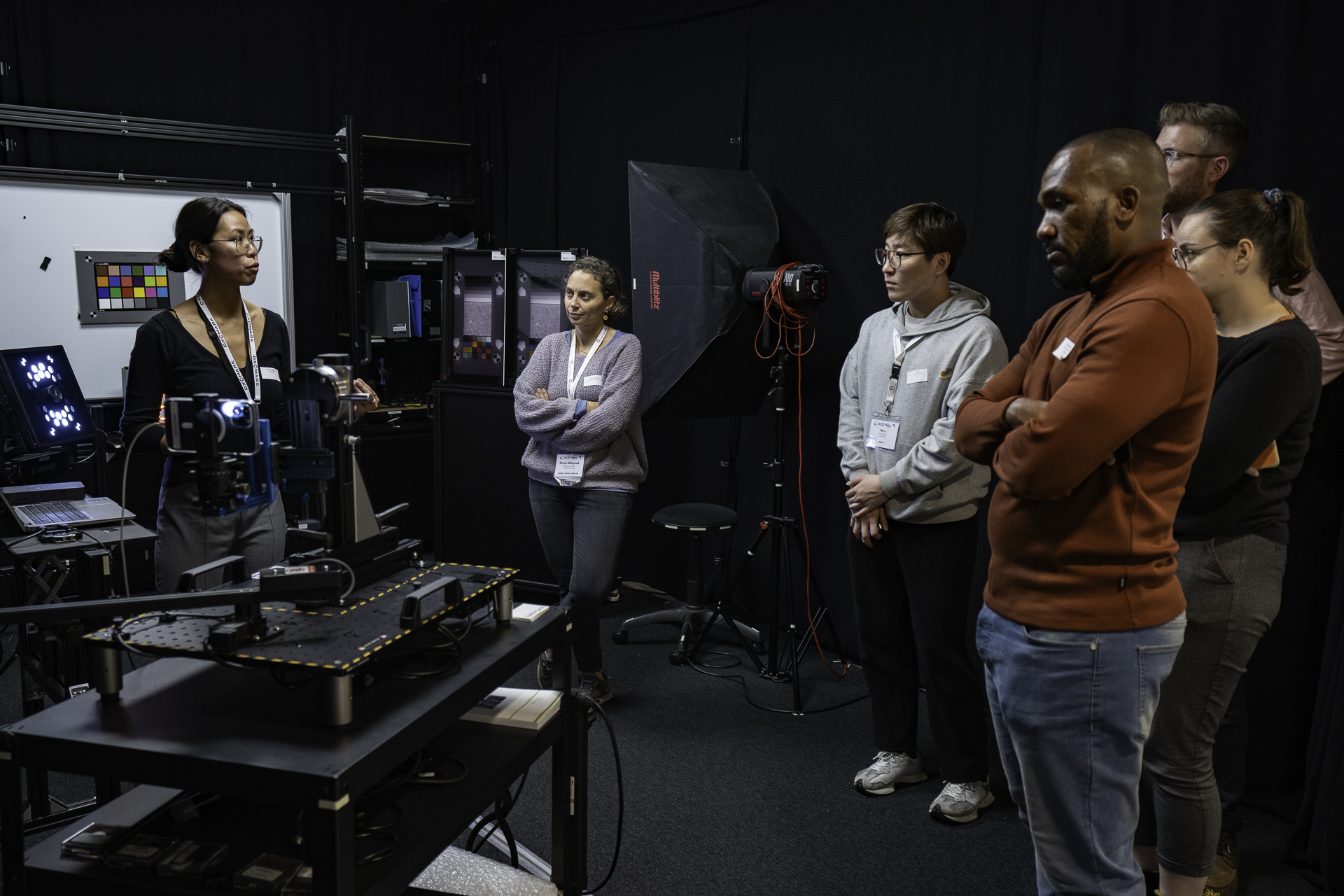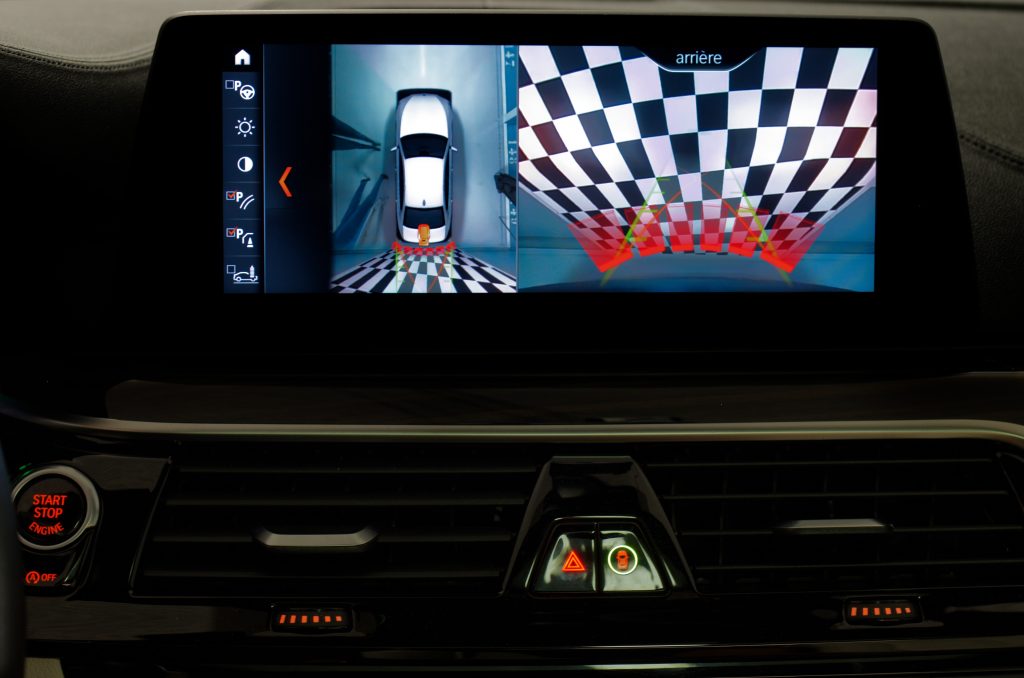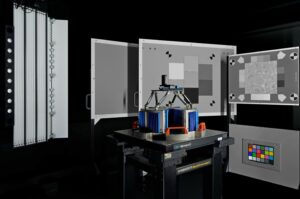Industries
Road-testing displays and camera vision

As vehicles become more autonomous, high-performing cameras and displays help us drive — or do the driving for us. That’s why testing image quality is now essential more than ever in the automotive sector.
To define our testing methodology dedicated to automotive, we consider different kinds of camera applications such as rearview mirrors, front view, road-facing, in-cabin monitoring, and videoconferencing systems, along with their related imaging challenges: wide dynamic range, LED flicker, night vision, moving objects, flare, etc.
We have built an array of objective, laboratory-based tests and a set of perceptual analyses that are performed in real-life conditions and that cover different lighting conditions and scenarios. As a member of the P2020 standards committee, DXOMARK’s experts have helped the industry match the needs of end-users. Our flare, flicker, and 170 dB dynamic range solutions have been used to define the metrics of the standard.
With unparalleled expertise in camera and display evaluation, DXOMARK’s experts can provide advice for improving the quality and safety of everything from automotive camera lenses to dashboard screens. Our audio experts can provide standard audio metrics as well as perceptual evaluation of sound quality for recording and playback in lab or real-life conditions for such applications as calls or video conferencing.
Read IEEE P2020 White PaperHow DXOMARK can be beneficial in automotive projects
To evaluate front-facing cameras, our team has established a thorough driving scenario that covers many different use cases. We complement this perceptual evaluation performed in real-life driving conditions with a full set of objective lab tests, including all the tests prescribed by the IEEE – P2020 standard.
Thanks to our double expertise in camera and display, DXOMARK is able to provide a complete evaluation of camera monitoring systems — from single components (camera only or display only) to glass-to-glass evaluation of the complete system.
There are many applications for in-cabin camera systems, such as computer vision-based occupant and driver monitoring systems, as well as human vision-based applications that are complemented by audio systems, such as calls, video conferencing, and selfie videos.

“Cameras will be the key sensors for the next generation of ADAS & DMS. DXOMARK helps the industry to better understand image quality, to help measure camera limitations, and to benchmark the possible solutions.”
– Laurent Chanas, Automotive team leader
Engineering Services
DXOMARK’s 20+ years of expertise in image quality assessment allows us to work with automotive manufacturers at all levels of production to choose and tune their products to meet their needs. As a driving force in the establishment of automotive market standards, our deep knowledge of those standards allows us to offer a set of complementary advanced measurements.
Our service-focused team of more than 70 people has developed a standard report with a large set of measurements, including P2020 measurements and testing at different temperatures. This report can be adjusted to meet specific needs.
Our testing and benchmarking services extend to glass-to-glass evaluation, with not only lab-based and real-life analyses of camera imaging quality, but also of screen display quality.
DXOMARK can also evaluate in-cabin audio systems using both standard measurements and perceptual analysis that is performed in real-world conditions to ensure maximum audio quality for the consumer.

Associated services
Testing Tools
Our products include dedicated laboratories specializing in evaluating image and display quality. Our protocols include specifically designed tests, which which we have designed specifically to address the main problems of automotive images and autonomous vehicles. DXOMARK experts have developed four principal fully-automated setups dedicated to image quality evaluation per the IEEE-P2020 standards: flare intensity, flicker mitigation with up to 5 measurements done on one frame, 120dB noise evaluation, and 170 dB dynamic range. Our extensive expertise allows us to define and implement any type of analysis or measurement in collaboration with our customers’ R&D teams.


 DSLR & Mirrorless
DSLR & Mirrorless  3D Camera
3D Camera  Drone & Action camera
Drone & Action camera 




